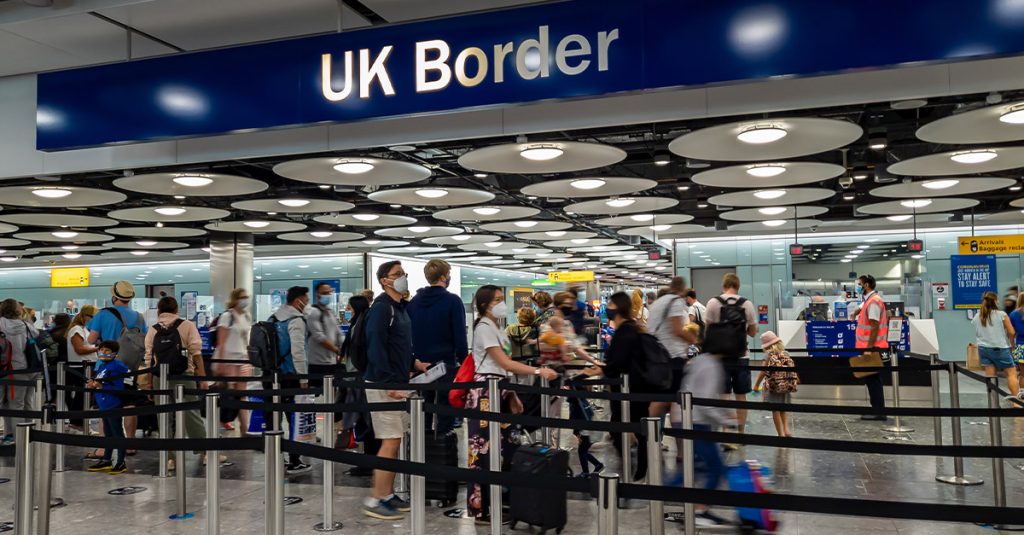Heathrow’s strategic planning this summer effectively managed unexpected challenges, like the recent Border Force strikes.
Impressive coordination ensured continued smooth operations during peak travel periods, highlighting aviation resilience.
Smooth Management of Heathrow Strikes
The recent Border Force strike at Heathrow was managed exceptionally well, with minimal disruption reported over the four-day period. Aviation sources highlighted the effectiveness of contingency plans implemented in collaboration with airport authorities. As a result, operations continued smoothly despite the timing coinciding with the end of school holidays, a typically high-traffic period.
Collaboration and Preparedness
According to a senior aviation source, the success during the strike was due to effective collaboration between Border Force, the airport, and the airline industry. The cooperation ensured that potential issues were promptly addressed, preventing any “meltdowns or unmanageable impacts”. This collaborative spirit has been pivotal in maintaining smooth operations through challenging circumstances.
Aviation experts noted that collective efforts and strategic planning were essential to handle the increased summer passenger numbers. The team’s proactive approach in managing resources and operation schedules fostered resilience and adaptability in the system.
The Sector’s Commitment to Improvement
The last few summers have been challenging for Heathrow, with flight delays and cancellations. However, significant improvements were observed this summer. An airline insider observed an “enormous effort” by the sector to enhance the travel experience.
The improvements are not merely about increasing staffing levels; experiential knowledge and better management have played vital roles. The industry returned to operate at full capacity post-pandemic, showcasing a remarkable bounce back in just two years.
The aviation industry has continually focused on resilience, learning from past disruptions to better adapt to future challenges. Despite high passenger volumes, the sector managed to maintain pre-pandemic service levels, a testament to the industry’s adaptability and commitment to progress.
Challenges in Asset Management
Despite the successful management of summer traffic, aviation experts caution about the significant strain on resources. The industry is operating at full capacity with very little leeway, which means ongoing vulnerability to unforeseen problems.
Aviation strategists stress the need for forward-thinking approaches in asset management to avoid “sweating the assets”. This involves developing innovative strategies to optimise the use of existing resources and infrastructure to meet rising demands.
Unions and Ongoing Negotiations
The PCS union’s action at Heathrow is far from over, with plans to continue work-to-rule and overtime bans. The Home Office has reiterated its commitment to ongoing negotiations with the union, signalling potential solutions are in discussion.
Ongoing discussions aim to address the concerns of the union members while maintaining operational efficiency at the airport. A continued focus on dialogue and negotiation is crucial to finding a sustainable and mutually beneficial resolution.
Looking Forward: The Future of Air Travel
The aviation industry stands at a critical juncture, with an emphasis on resilience and strategic expansion to manage future demands. Industry leaders acknowledge the need for continuous improvement and adaptation in a rapidly evolving travel landscape.
Investing in infrastructure, technology, and human resources remains pivotal for the sector’s long-term success. Industry stakeholders are exploring ways to innovate and create systems that cater to increasing passenger volumes while maintaining high service standards.
Conclusion
The contingency strategies at Heathrow have proven effective, averting disruptions during a peak travel period. Collaboration and strategic planning have been key to this achievement, demonstrating the sector’s capacity to manage challenges efficiently and adaptively.
Heathrow’s ability to avert disruption during peak times showcases its strategic prowess.
Ongoing collaboration and strategic foresight ensure continued resilience and efficiency.

